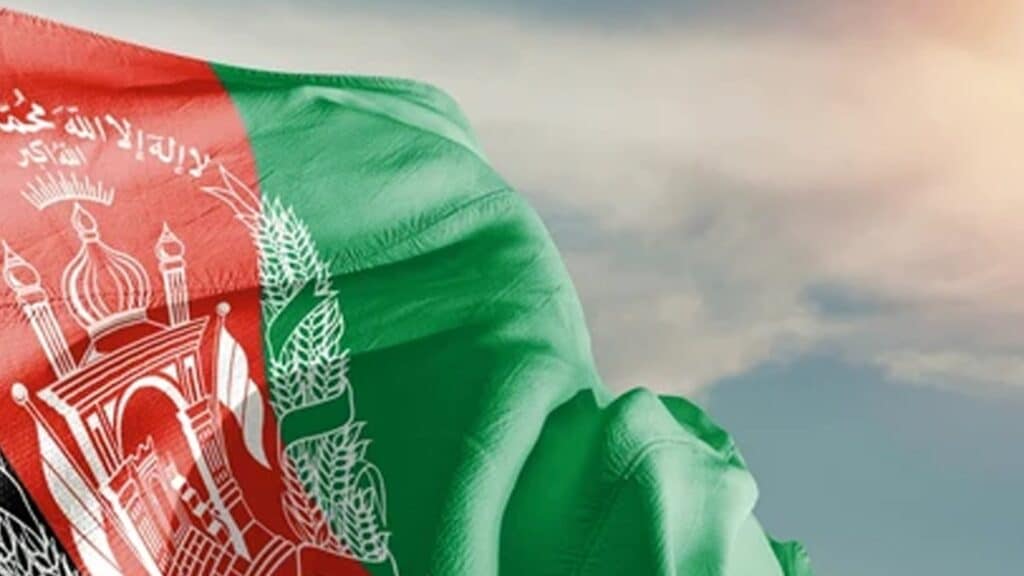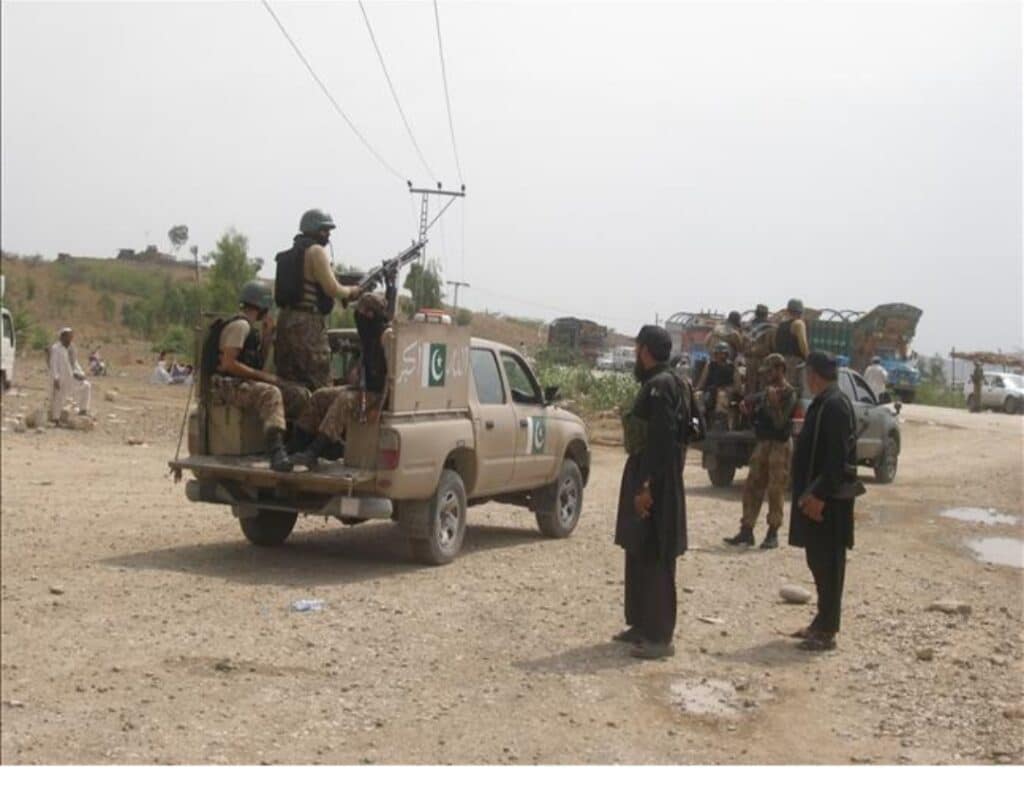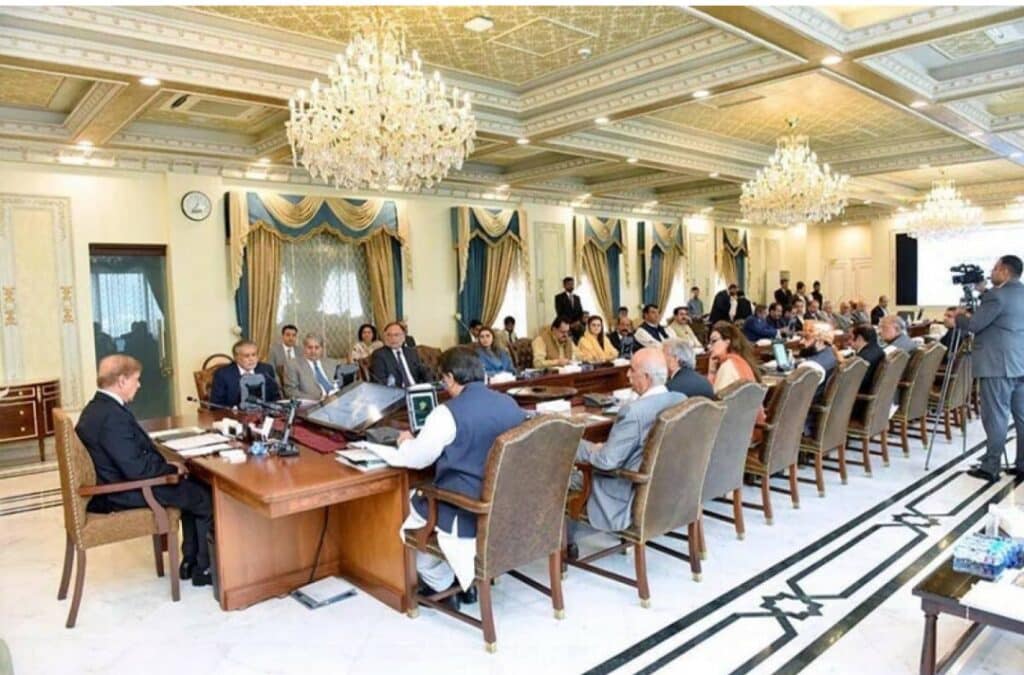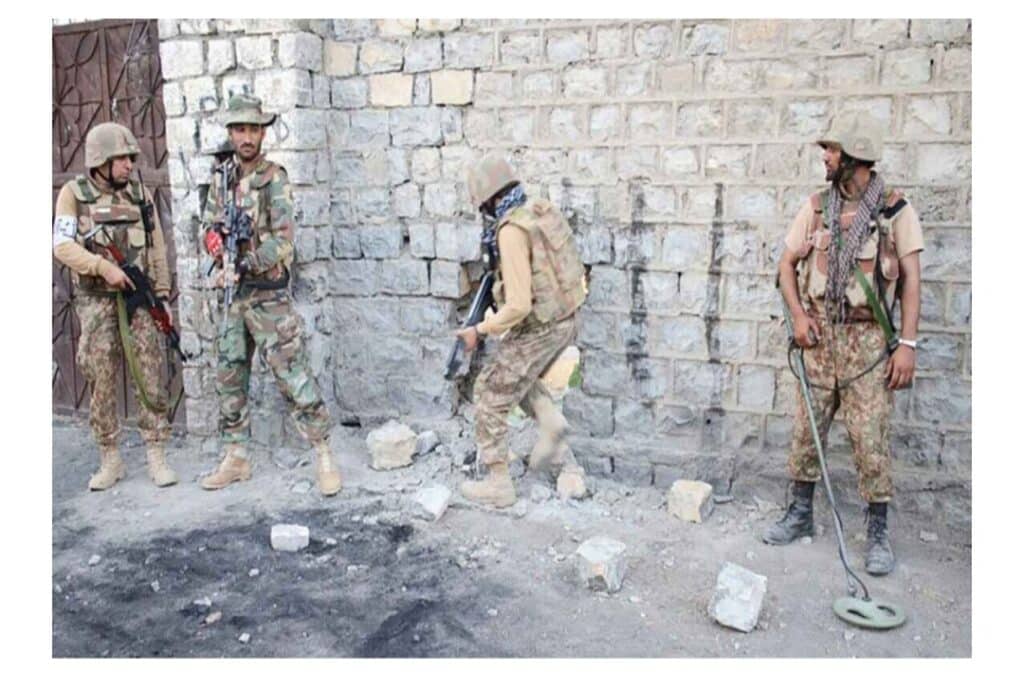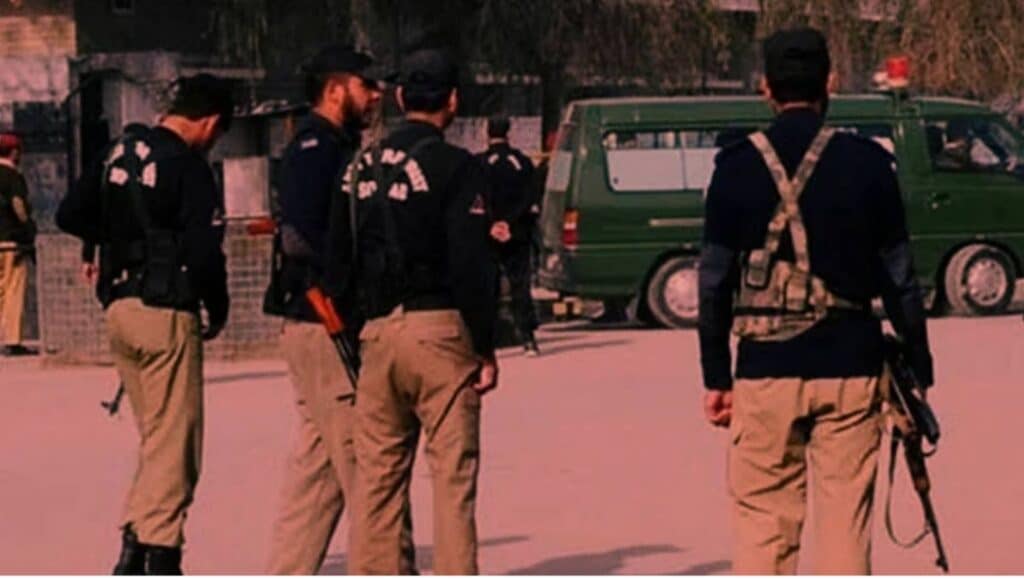Several militant groups currently based in Afghanistan have devolved into criminal enterprises, using Afghan soil as a safe haven to launch extortion, kidnapping, and ransom operations deep inside Pakistan. Groups such as IS-KP (Khorasan), Tehreek-e-Taliban Pakistan (TTP), Jamaat-ul-Ahrar, Hafiz Gul Bahadur Group, Lashkar-e-Islam, the Balochistan Liberation Army (BLA), the Balochistan Liberation Front (BLF), and other splinter outfits are now less focused on ideology and more engaged in mafia-style financial warfare.
After establishing strongholds in eastern and southeastern Afghanistan, these groups have found operational freedom to reorganise and coordinate attacks across the border. Intelligence sources confirm that many of the ransom and extortion operations carried out in Pakistan are being planned, facilitated, and financed from Afghan territory.
Kidnapping has become a central strategy. Businessmen, traders, and even lower-income civilians are targeted in Pakistan, often abducted and taken across the border or held in hideouts run by affiliates. Victims are only released after hefty ransom payments, which are then funneled back into the group’s operational and personal networks.
ISIS-K’s propaganda arm Al-Azaim has repeatedly appealed for financial support over the past year, openly sharing donation details and even issuing a fatwa allowing cyber-crimes such as hacking “infidel” bank accounts. Meanwhile, groups like TTP and Jamaat-ul-Ahrar are using their safe zones in Afghanistan to threaten, extort, and abduct Pakistani citizens and then deny responsibility under plausible deniability.
Internal documents from militant networks also show how high-ranking operatives have encouraged secret financial operations—including kidnappings and extortion—in coordination with leadership across both Afghanistan and Pakistan. These strategies are often supported by shared logistics, such as vehicles, weapons, safe houses, and untraceable bank routes.
The scramble for ransom money and financial control has led to growing infighting among these groups. Territorial disputes, betrayal, and turf wars have become common—not over ideology, but over profit.
What once posed as a united front of ideological resistance has now splintered into rival criminal syndicates using jihadist branding as a cover for transnational crime. With their roots in Afghanistan and their reach in Pakistan, these militant mafias now pose a dual threat—both as insurgents and as ruthless criminal cartels.

